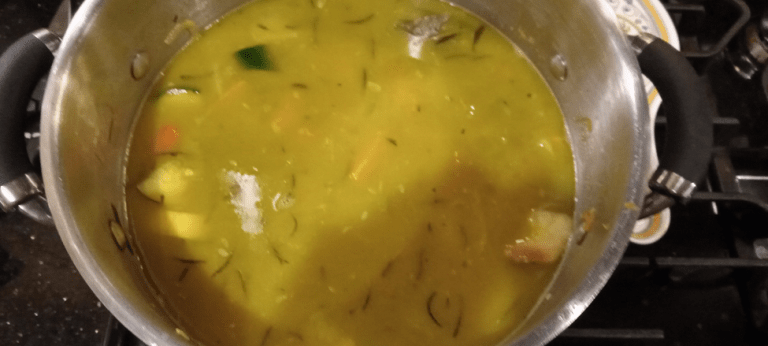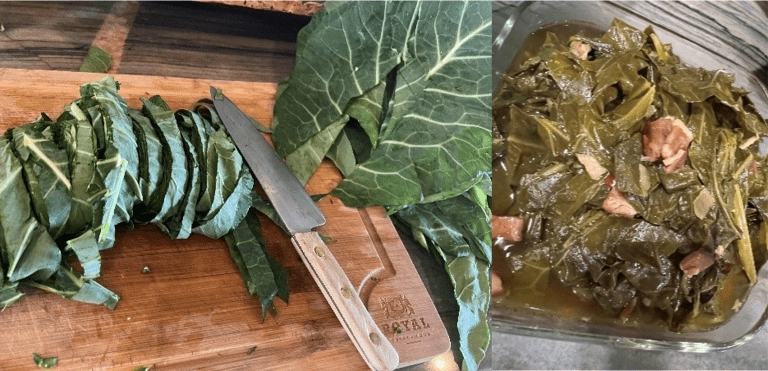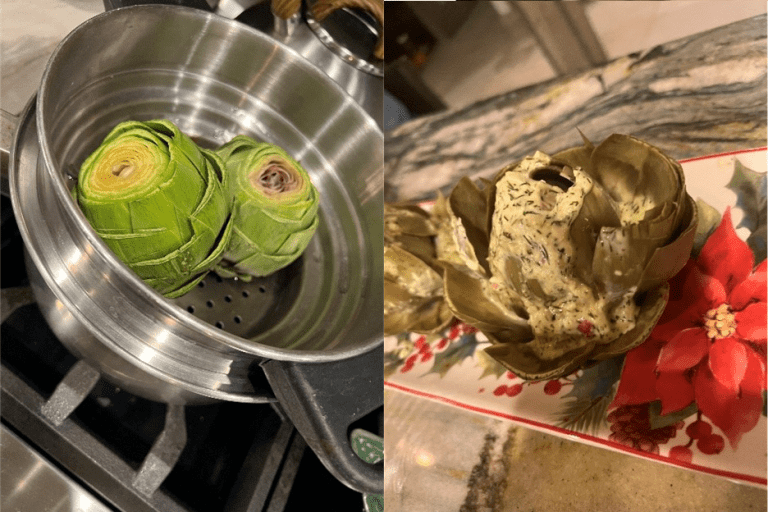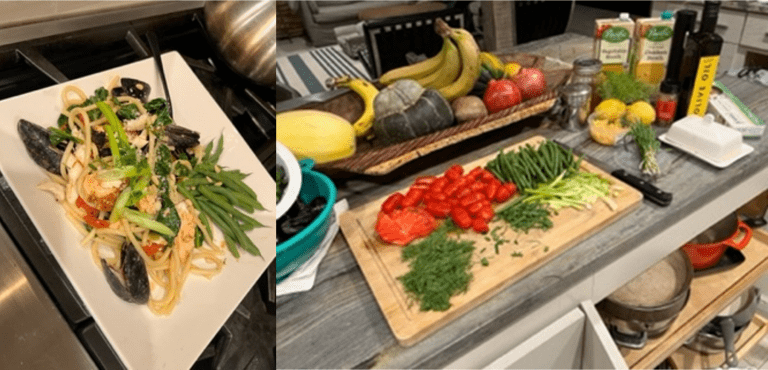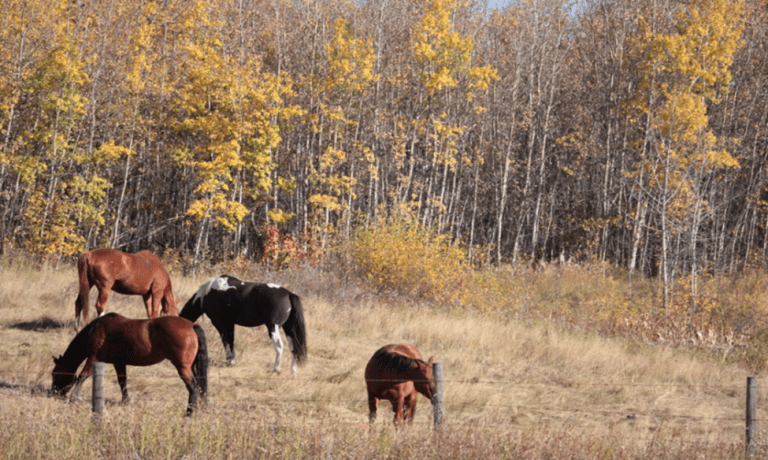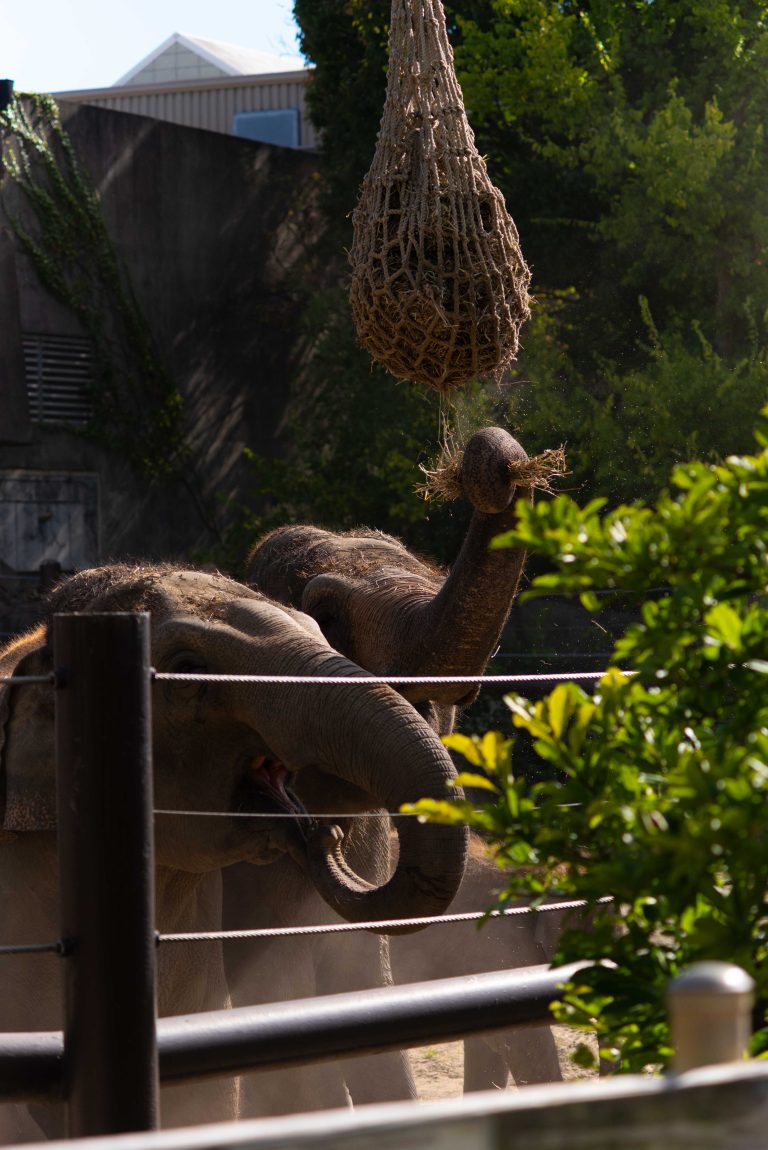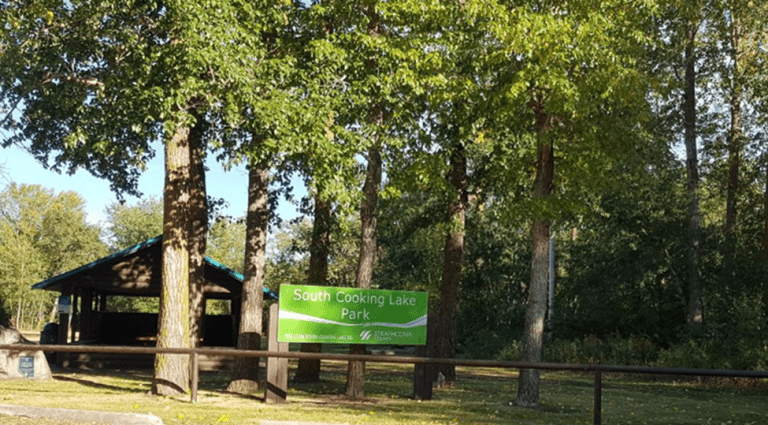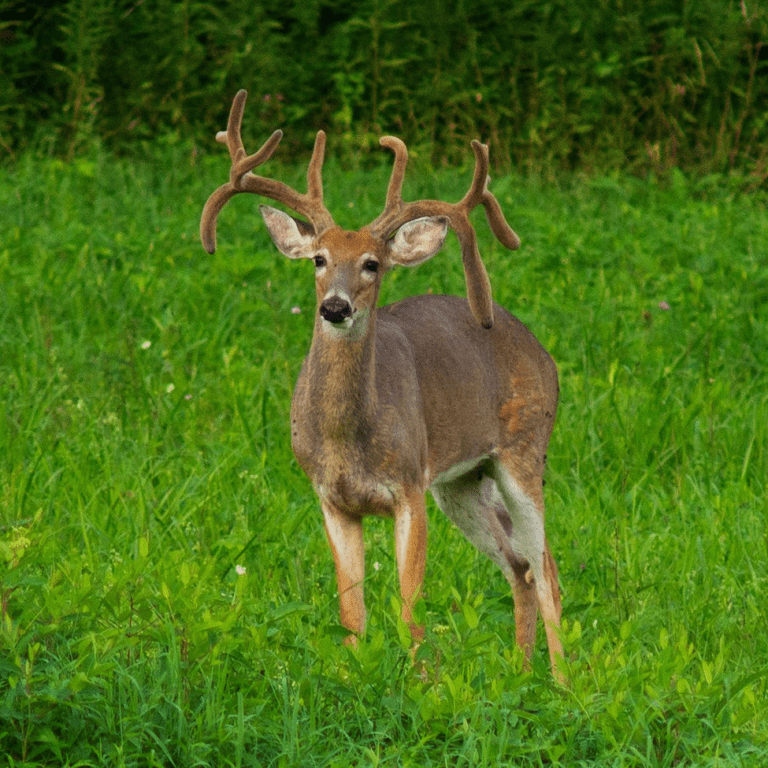2021 has record deaths for this sea grass eating mammal. Ecosystem disturbances affect homeostasis, and it can’t overcome the more deleterious damage caused by Florida’s murky infrastructure.
- The manatees, other wildlife, plants lives are at risk
- It’s a delicate ecosystem from Lake Okeechobee east down the St. Lucie Canal to the Indian River lagoon and west down the Caloosahatchee River to Fort Myers
- Toxic microcystin are high according to the WHO
- Big sugar and other corruption are adding to the problem

One can ask themselves why stuff like this happens, but the answers almost always lead back to poor systems that we have installed and apply in our daily Floridian activities. When the waters become too dirty, and tourism from fishing and swimming are affected one has to question the matter.
The state announced that 1,101 manatees died in 2021, the highest total in at least the last 12 years. It is a problem that a lot of wildlife is affected such as birds, turtles, dolphins. They are also mysteriously turning up lifeless on the shores.

Most of the deaths occurred in the Indian River Lagoon, a heavily traversed winter home for manatees here in Florida. But what was once a bustling estuary that spanned more than 150 miles of seagrasses.
It is now a polluted system where nearly 60% of seagrasses, the primary food source of manatees, have died, according to the St. Johns River Water Management District. A regulatory agency that oversees the Indian River Lagoon.

Lake Okeechobee had canals put in to help with flooding and they travel east and west of the lake. West to the gulf and east to the Atlantic Ocean.
While in the past the lake naturally drained south to the everglades. Along with the draining water you get toxic algae blooms passing death along to the inhabitants of the path it crosses.
When you consider the fact that past Lake Okeechobee discharges have routinely delivered harmful levels of toxic microcystin as much as 10 to 100 times the 8 parts per billion thresholds established by the World Health Organization for safe human contact.
In 2016 the release of big gushes of pollution-laden Lake Okeechobee water east into the St. Lucie River and west into the Caloosahatchee River that hurt seagrass and oyster beds and scared away game fish along the coast.

The Coca Cola-colored Lake water, darkened by the stirred-up sediment it carries, threatened to smother reefs and was blamed for boosting bacteria levels that raised health concerns for swimming and fishing.
What a lot does show is the corruption of many of the state and local officials who have been downplaying this issue for years now. Other articles talk about personal septic tanks affecting bloom.
Yet arguments for the downplaying of “big sugar” role in all this for the past 40 years. They are making half of the sugar sales to the US alone.
Please “Big Sugar” and “Mr. Governor,” tell us how the lake water has reached this catastrophic level of pollution? You’ll never get a straight answer from them, but the lake helps irrigate sugar cane, vegetables, rice and other crops in the nearly 500,000-acre called the Everglades Agricultural Area.
























